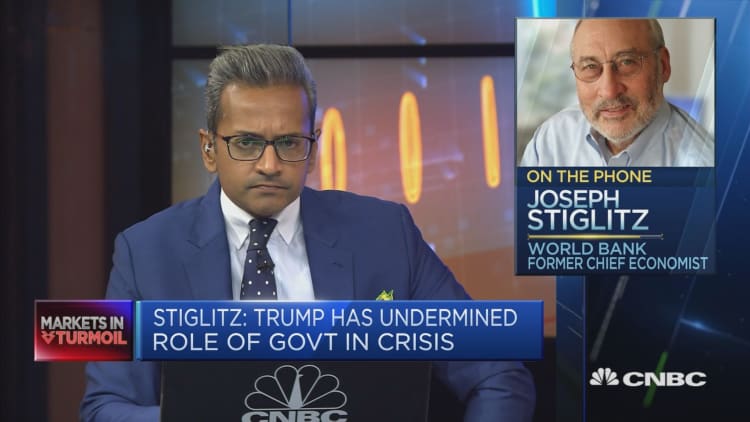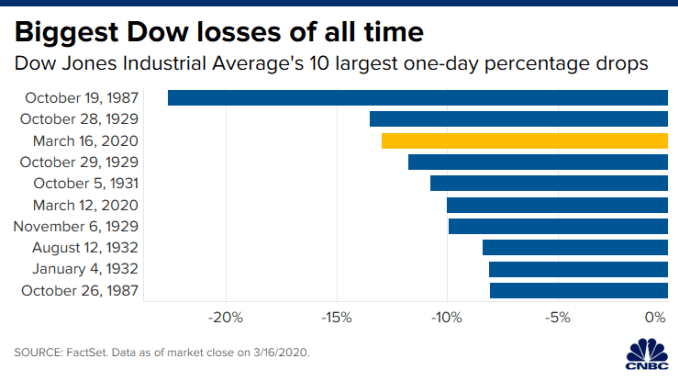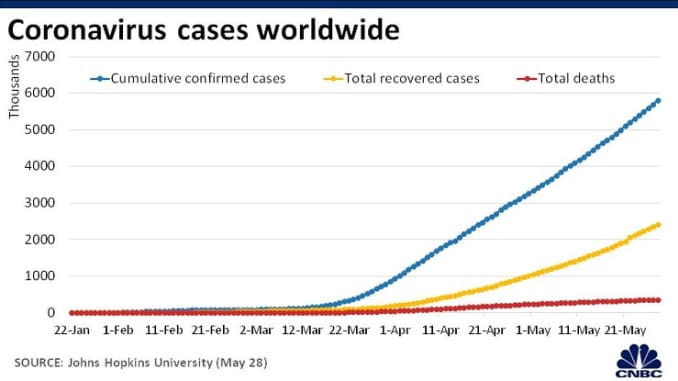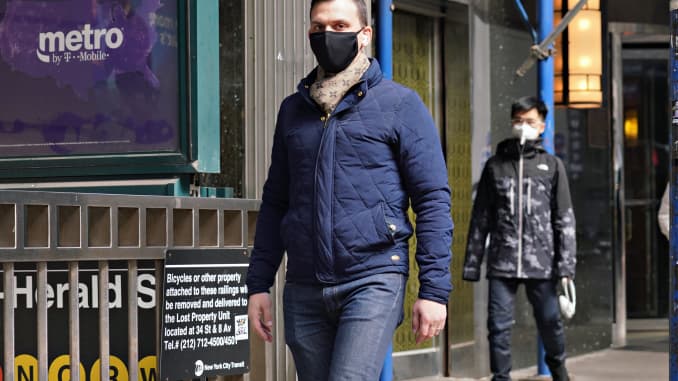By Jack Guy and Valentina Di Donato, CNN
As the world continues to grapple with coronavirus, the pandemic is having some unexpected side effects.
© NurPhoto/NurPhoto/NurPhoto via Getty Images Venice' famous canals have become clearer due to the coronavirus lockdown.
Take Venice, one of Italy's biggest tourist attractions, which is usually heaving with visitors throughout the year.
Right now, though, the whole country is under lockdown as coronavirus continues to spread, and locals in Venice have noticed that the water in the city's canals has become much clearer, with small fish visible swimming around.
Take Venice, one of Italy's biggest tourist attractions, which is usually heaving with visitors throughout the year.
Right now, though, the whole country is under lockdown as coronavirus continues to spread, and locals in Venice have noticed that the water in the city's canals has become much clearer, with small fish visible swimming around.

© Courtesy Marco Capovilla Locals have noticed a big difference in the clarity of the water.
Several people have uploaded photos to a Facebook group called Venezia Pulita (Clean Venice), attracting comments from other users.
"Nature resumes it's life....how beautiful," wrote Maria Lanaro.
Another user, Villa Lory, said they wished the water was always this clear.
"Marvelous there are even fish that we have the opportunity to see," they wrote.
Others saw it as a spot of light in the darkness of the pandemic.
"What a marvel this Venice was; this virus brought something....beautiful," said Katia Fameli.
But while it may look pretty, the Venice mayor's office told CNN that the change is not actually due to improved water quality.
"The water now looks clearer because there is less traffic on the canals, allowing the sediment to stay at the bottom," a spokesman said.
"It's because there is less boat traffic that usually brings sediment to the top of the water's surface."
While water pollution may not have decreased, air quality has improved, according to the spokesman.
"The air, however, is less polluted since there are less vaporetti and boat traffic than usual because of the restricted movement of residents," he said.
The coronavirus shutdown is the latest in a string of problems Venice has had to confront recently.
In November, it was hit by its worst flooding in 50 years, resulting in damage worth hundreds of millions of euros. It is also struggling with unsustainable overtourism, the sinking of its historical buildings into the water and a dwindling population.
Several people have uploaded photos to a Facebook group called Venezia Pulita (Clean Venice), attracting comments from other users.
"Nature resumes it's life....how beautiful," wrote Maria Lanaro.
Another user, Villa Lory, said they wished the water was always this clear.
"Marvelous there are even fish that we have the opportunity to see," they wrote.
Others saw it as a spot of light in the darkness of the pandemic.
"What a marvel this Venice was; this virus brought something....beautiful," said Katia Fameli.
But while it may look pretty, the Venice mayor's office told CNN that the change is not actually due to improved water quality.
"The water now looks clearer because there is less traffic on the canals, allowing the sediment to stay at the bottom," a spokesman said.
"It's because there is less boat traffic that usually brings sediment to the top of the water's surface."
While water pollution may not have decreased, air quality has improved, according to the spokesman.
"The air, however, is less polluted since there are less vaporetti and boat traffic than usual because of the restricted movement of residents," he said.
The coronavirus shutdown is the latest in a string of problems Venice has had to confront recently.
In November, it was hit by its worst flooding in 50 years, resulting in damage worth hundreds of millions of euros. It is also struggling with unsustainable overtourism, the sinking of its historical buildings into the water and a dwindling population.































